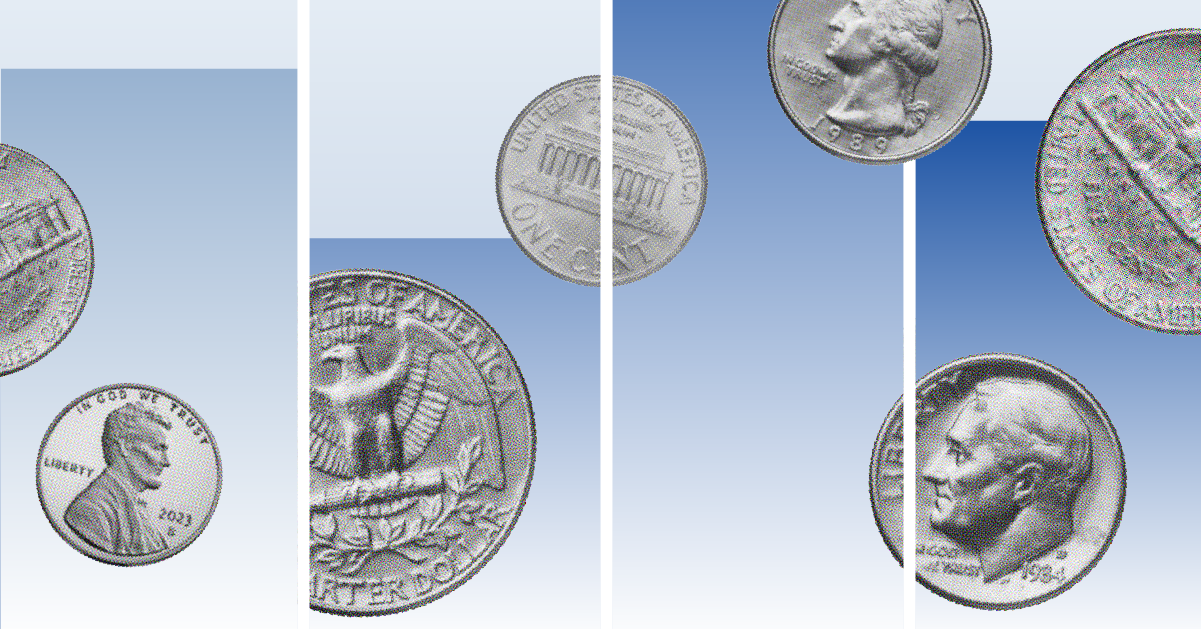The problem is moral hazard. Because if you do it, every one of your neighbors is going to pick up the phone and say, "Hey, cut my principal, too. I'm going to walk if you don't cut my principal. I'm underwater." And that moral hazard problem -- the banks would rather lose you to foreclosure than modify every home on your street because the economics are better to lose you to foreclosure. So, the underwater problem is something economists love to talk about. But they haven't thought through the practical implications of, if you own a bunch of loans, how you modify them? Which ones do you modify?
The hard part about housing is, again, targeting the assistance to the homeowners who need it, who can benefit from it, without creating the wrong incentives for all the other homeowners on your block, or without providing that assistance to the banks and the mortgage-backed securities investors, rather than to the homeowners who need it. So, you've identified a huge problem that I've not heard a good solution for. One thing that this administration has done is, if you happen to have a Fannie or Freddie loan -- Fannie Mae or Freddie Mac loan -- typically, you need to have 20% down to get a Fannie or Freddie loan. But let's say you have a Fannie Mae loan today, and you're now at 100 loan to value (LTV). So, you were in at 80. Your home has lost 20% of its value. You're now at a 100 LTV. Fannie Mae already owns your risk. So, what the administration has done is said, "Look. If you're already a Fannie Mae loan, Fannie Mae can now refinance you up to 105 LTV." It's not increasing the risk of the government, because they already own the loan. But it's enabling you to achieve a lower interest rate, which actually lowers your risk. So, that's a clever, narrow area where we can try to address this problem. But beyond that, I've not heard a good solution to that.
In terms of why I left government -- I was an appointee of the Bush Administration. President Bush and Secretary Paulson appointed me. So, my term was due to expire on January 20th with all the other Bush appointees. The Obama Administration and Secretary Geithner asked me to stay for a brief period to help with the transition. And it ended up being a lot longer than I expected. I concluded my service on May 1st, when my successor was announced, and had then come into Treasury. And we transitioned for a few weeks. So, it's -- I mean, three years in Treasury was a long time in this period. And I'm looking forward to taking some time off, and then re-entering the private sector. I have no idea what I'm going to do yet.
Questioner: Somebody had asked about the commercial mortgage markets, which effectively collapsed. It just hasn't been visualized yet, because people are still hanging on to their properties. So, what do you see as the government's attempts to shore up the commercial market the way they have the residential market? And then, secondly, if you could comment on your views of how all this funding and infusion of capital is going to affect inflation?
Kashkari: The second one's hard. The first one, regarding the commercial mortgage market -- that's an area of stress that a lot of people are pointing to as the next shoe to drop, so to speak. You know, commercial mortgages and commerce are very tied to our macro fundamentals. So, if our macro-economy comes under a lot of pressure, it's common to expect that the commercial market is going to come under pressure.
The best tool we have right now, and the most promising tool, is this program I mentioned called the TALF program, where the Fed is going to be extending -- likely going to be extending the duration of the lending that they're going to provide, the loans that they're going to provide, to commercial mortgage-backed securities. One of the big challenges right now is not just people falling behind on their commercial mortgages, it's roll-over risk. People who need to refinance, but the markets are frozen right now. So, as we get this TALF program expanded, we think that that can really help re-start the commercial mortgage-backed securities markets. We announced the TALF program in November. It's a very complex program, and it took four or five months to get up and running. It started functioning in March. But even at program announcement, we saw markets react in anticipation of the program. And we're starting now to see securitization markets begin to show some thawing. I think this month, they did $10 billion of transactions. The previous month, we'd done $3 billion.
Questioner: That's focused on new securities, rather than legacy securities.
Kashkari: I agree. But if you look at the Treasury announcements, they're focused on two things. Expanding to include other new asset classes, including commercial mortgage-backed securities, which could be refinances of existing commercial mortgages, as well as something we call Legacy TALF -- expanding TALF to include legacy mortgage-backed securities, including both residential and commercial. Expanding TALF to legacy is not going to help the individual property owner but expanding TALF to new commercial mortgage-backed securities will. And so we think both of those in combination will help to re-start the market. All of this is about trying to get private capital flowing back into these markets. And again, I think we're seeing some early signs of progress, but it's still very early.
Oh, inflation. [LAUGHTER] You know, I would have to defer to my colleagues at the Fed. There's no question, inflation is a risk any time the government is spending so much, and borrowing so much. But I think given where we are, our economic fundamentals, I think the choice is pretty clear, that we need to do what we're doing in the financial system and the economy to get through the crisis. And then we need to unwind our programs in a prudent manner once we're through it. Right now, if we have to err, I would err on the side of being more aggressive, rather than less aggressive. Let's get through the crisis. Let's put the fire out, let's be sure that it's out and then let's deal with our longer-term fiscal situation, which is very important.
Page 9 of 13 - Go to page 1,
2,
3,
4,
5,
6,
7,
8,
9,
10,
11,
12,
13























